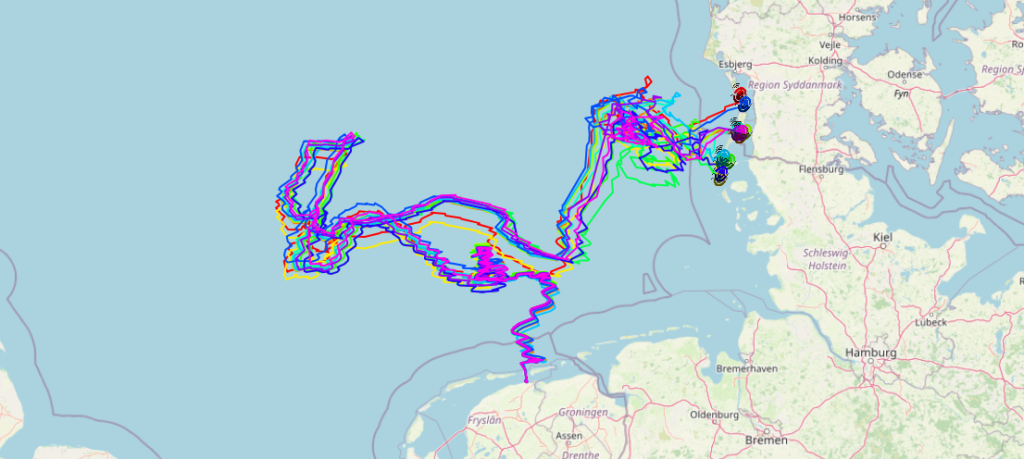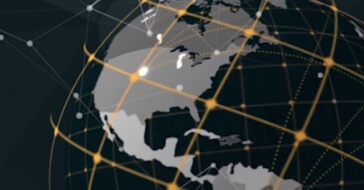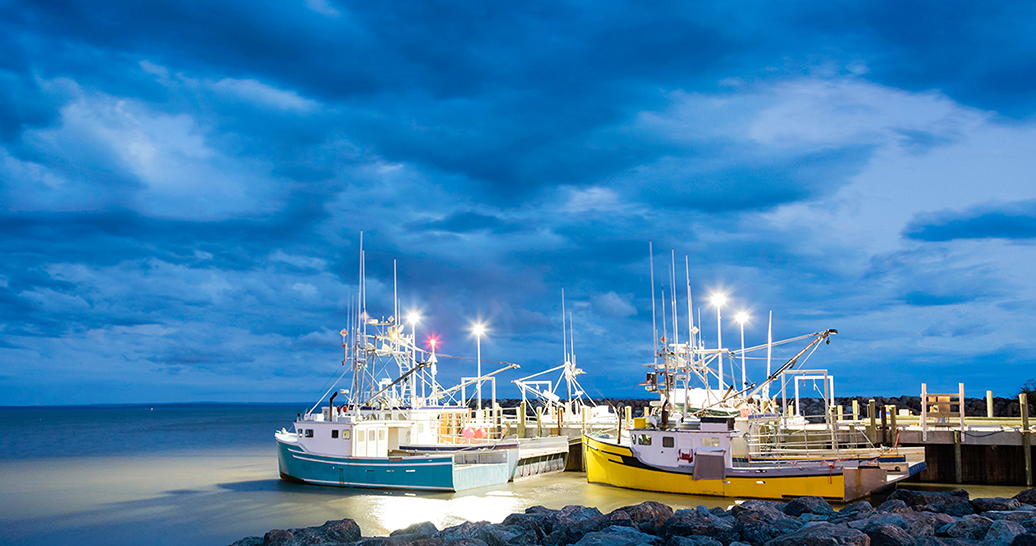Case Study: Tracking Plastic Movement in the Wadden Sea with Stokes Drifters
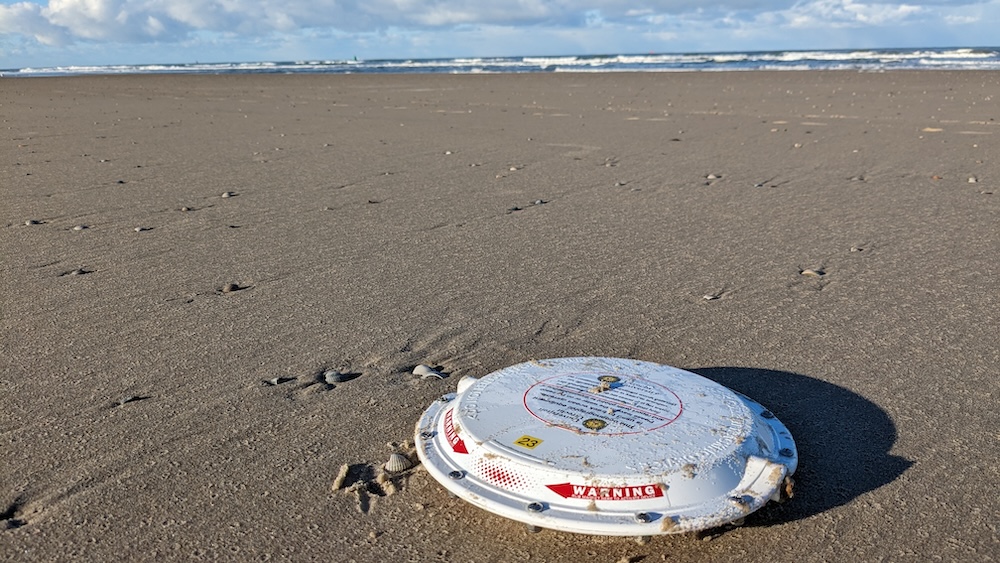
Photo credit: Sebastian Köthe
The Challenge
Erik van Sebille, Professor of Oceanography at Utrecht University, sought to map the movement of plastic in the Wadden Sea, a UNESCO World Heritage Site and coastal wetland area spanning from the Netherlands to Germany and Denmark. Tracking plastic movement in this ecosystem would allow his team to better understand how plastic spreads through the ocean, supporting efforts to protect marine life and coastal environments from plastic pollution.
The Solution
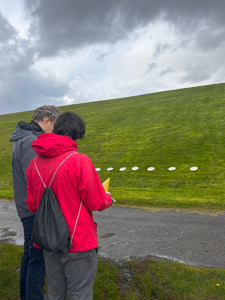
To tackle this challenge, Erik and his team headed to the Wadden Sea to deploy 24 of MetOcean’s Stokes Drifters, a compact drifting buoy that tracks currents at the ocean surface. Each buoy is equipped with GNSS positioning, a sea surface temperature sensor, and Iridium satellite telemetry to transmit vital sensor and geo-positional location data in real-time.
Erik remarked, “The Stokes Drifters are the best option we have right now to measure how plastic particles would move around by the surface flow.” He highlighted the drifters’ compact design and surface-floating capability as key features for his research. Additionally, his team found the antenna-orientation sensor unexpectedly useful, capturing the ‘tumbling’ of the drifters as a proxy for wave action.
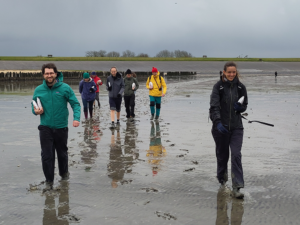
The quality of the Stokes Drifters’ data, transmitted via the Iridium satellite network, was also impressive. “I’ve used other drifters, and it may just be that this area has better transmission, but there’s almost perfect transmission with the Stokes Drifters. I haven’t seen that before, so that’s been nice,” said Erik.
Currently, data from the Stokes Drifters is being used to validate simulations predicting plastic movement in the oceans, allowing them to refine their models and improve their understanding of the small-scale dynamics of the Wadden Sea.
Looking ahead, the aim is to deploy more drifters on a larger scale to enhance this understanding further. The data feeds into an AI-powered simulation system, creating a digital twin of the “plastic soup” in the oceans. This system aims to predict where plastic will end up, helping citizens and coastal municipalities better coordinate their clean-up efforts.
The Impact
The Stokes Drifters provide valuable insights for oceanographic research and environmental protection, enabling researchers like Erik to track plastic movement in the ocean more accurately than ever before. Although deploying drifters in the ocean involves environmental trade-offs if they are not retrieved, MetOcean’s goal is to make meaningful advancements in combating ocean pollution while minimizing our ecological footprint. As a result, the data collected by the Stokes Drifters is instrumental in developing better methods to reduce pollution and protect marine ecosystems.
